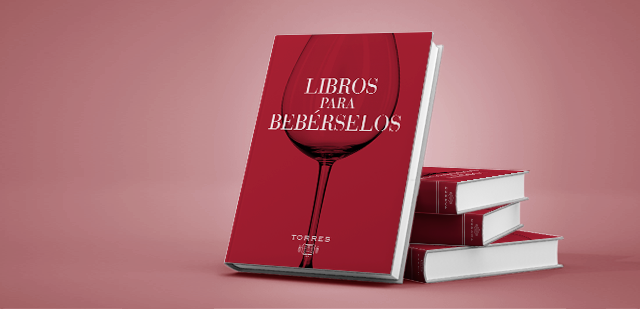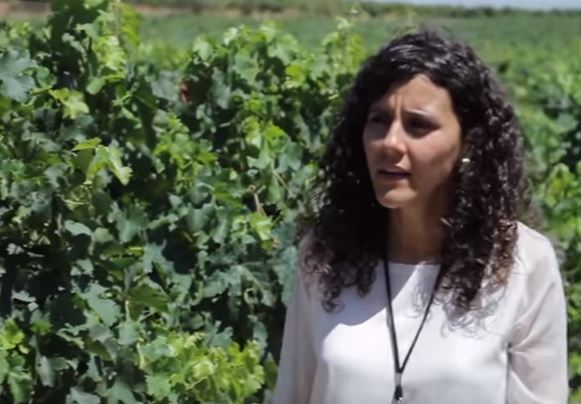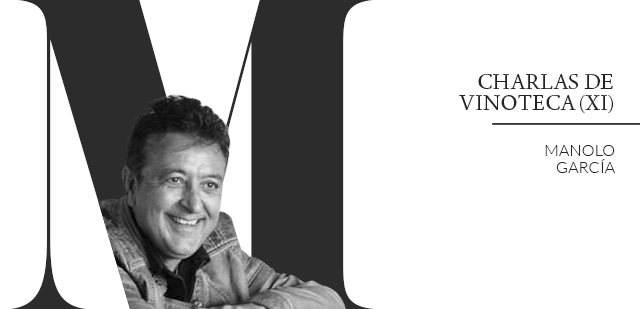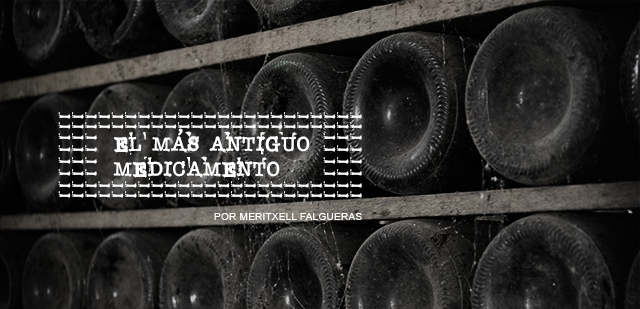Books to Drink In

A visit to just about any bookstore will give you an idea of the astounding number of books that are written about wine, and by a variety of different authors to boot. So... What to choose among such vast variety? It can get overwhelming. But don't panic – get organized.
Let's start with the guide books.
Despite having a certain personal bias against some of them, I must admit that they're practical when it comes to discovering exceptional wines. Among the pioneers: The Guía Peñín of Spanish Wines (Pi & Erre Comunicación) edited by José Peñín, which has been around for over two decades. (The most recent edition reviewed close to 10,000 wines.) Another classic: the Guía Proensa (Proensa) by wine expert Andrés Proensa. The latest and fourteenth edition only includes wines with ratings of 90/100 or above. Others: Vinos, Destilados y Bodegas de Galicia [Wines, Spirits and Galician Wineries] by Luis L. Paadin (Servino.net), which has upped its page count and wine reviews in its latest edition. Plus, it doesn't allow ads. The same is true of Champagne by Jordi Melendo (Ceodos). The first of its kind in Spanish, it is also the only guide on French Champagne that has experts like Juancho Asenjo and Pedro Ballesteros – the only Spanish Master of Wine – advising the author. Let's keep going: Los Supervinos (Guías del Lince) by enologist Joan C. Martín is the Gourmand Award’s pick for best wine guide in Spain. What sets this guide apart is that it selects 150 wines that you can find at the supermarket. Then there's Vivir el Vino and other unusual guides like 1001 Wines You Must Try Before You Die (Grijalbo, Spanish edition) by Neil Beckett and Juan Manuel Bellver; 100 mejores vinos por menos de 10 euros [100 Best Wines Under 10 Euros] (Planeta) by sommelier Alicia Estrada; Sin mala uva: guía de monovarietales de España 2016 [No Sour Grapes: Guide to Varietal Wines from Spain 2016] (Emepe) by wine writer Ernesto Gallud (the first of its kind) or Unusual Wines (Jonglez) by wine writer Pierrick Bourgault.
The second type of book invites us to explore a particular region.
For example: Barcelona Wine by Lluís Tolosa was named the world's second best wine tourism book at the Gourmand Awards 2016 (one of the most important competitions). Then there's Los Ríos del Vino [The Rivers of Wine] (Miguel Gómez) by the founding member of the Marbella Wine Academy, Serafín Quero de Toribio. And finally: De Vinos por Europa: 20 rutas imprescindibles en coche [A Wine Tour of Europe: 20 Essential Driving Routes] (Alhena Media) by tourism expert Isaac Fernández.
Next up: publications of a more technical nature.
Here we'd find the re-edition of the Diccionario profesional del vino [The Professional Wine Dictionary] (Global Marketing Strategies) by Ernesto de Serdio. (The first received high praise.) Also: 100 Words of Wine (Akal, Spanish edition) by Gerard Margeon, head sommelier at the restaurant Alain Ducasse. Another sommelier, the Spanish National Gastronomy Prize 2011 winner, Ferran Centelles, reveals pairing secrets in his book ¿Qué vino con este pato? [What Wine with this Duck?] (Planeta). And a third, Josep Roca, wrote Tras las Viñas [Behind the Vines] (Debate) in which he explains the history of twelve international winemakers and their wines. The book was co-authored by Inma Puig, a professor at ESADE. What else? If you're interested in the world of wine tasting: Manual del sumiller [The Sommelier's Handbook] (El Azar) by Maria Luisa Martín; El vino y su servicio [Serving Wine] (Síntesis) by Lluís Coll Nicolau, and La cata de vinos [Wine Tasting] (Grijalbo) by Lluís Manel Barba. And last, but definitely not least The Oxford Companion to Wine (Oxford University Press), which the Washington Post called “the greatest wine book ever published.”
Finally, wine lit at its most entertaining and original. For the little ones (yes, they also get their own vineyard plot):
La aventura del vino [The Wine Adventure] by Federico Oldenburg with illustrations by María Rubio, the first publishing effort aimed at young readers. Mitos y leyendas del vino [Wine Myths and Legends] (Antonio Madrid Vicente, publisher) by Antonio Tomas Palacios and Antonio Madrid; Refranes y dichos populares en torno a la cultura del vino [Popular Idioms and Sayings Inspired by Wine] by Víctor Jorge; Vino, salud, amor y sexo [Wine, Health, Love and Sex] (Cenlit Ediciones) by Dr. Jose Luis Arrondo; the small illustrated guide Wine Isn't Rocket Science (Hachette) by wine writer Ophélie Neiman or El Zen y el arte de degustar vino [Zen and the Art of Wine Tasting] (Almuzara) by Ignacio Maciel (with an introduction by Ferran Adrià).
If you're looking for wine-inspired novels, check out these titles: El Bouquet del Miedo [Bouquet of Fear] (Destino) by the head of Arzak's innovation department, Xabier Gutiérrez; Un jardín entre viñedos [A Garden amid Vineyards] (Grijalbo) by Carmen Santos for the romantically inclined; Vino [Wine] (Oriente y Mediterráneo) by poet Mohammed Bennis; a Spanish re-edition of the classic Notes on a Cellar-Book by Georges Saintsbury; Cinco historias del vino [Five Wine Stories] (Dalya) by Fernando Quiñones, and rounding off the list, a comic book: Châteaux Bordeaux (Coeditum, Spanish edition) by Éric Corbeyran.
Keep in mind that this list is a selection of books that came out in the past year. There are three books, however, that don't meet this criterion, but are an absolute must: Gran Diccionario del Vino [The Great Wine Dictionary] (Edhasa) by Mauricio Wiesenthal, The World Atlas of Wine (Blume) by Hugh Johnson and Jancis Robinson, and The World of Wine (Larousse).
Mónica Ramírez, wine writer



